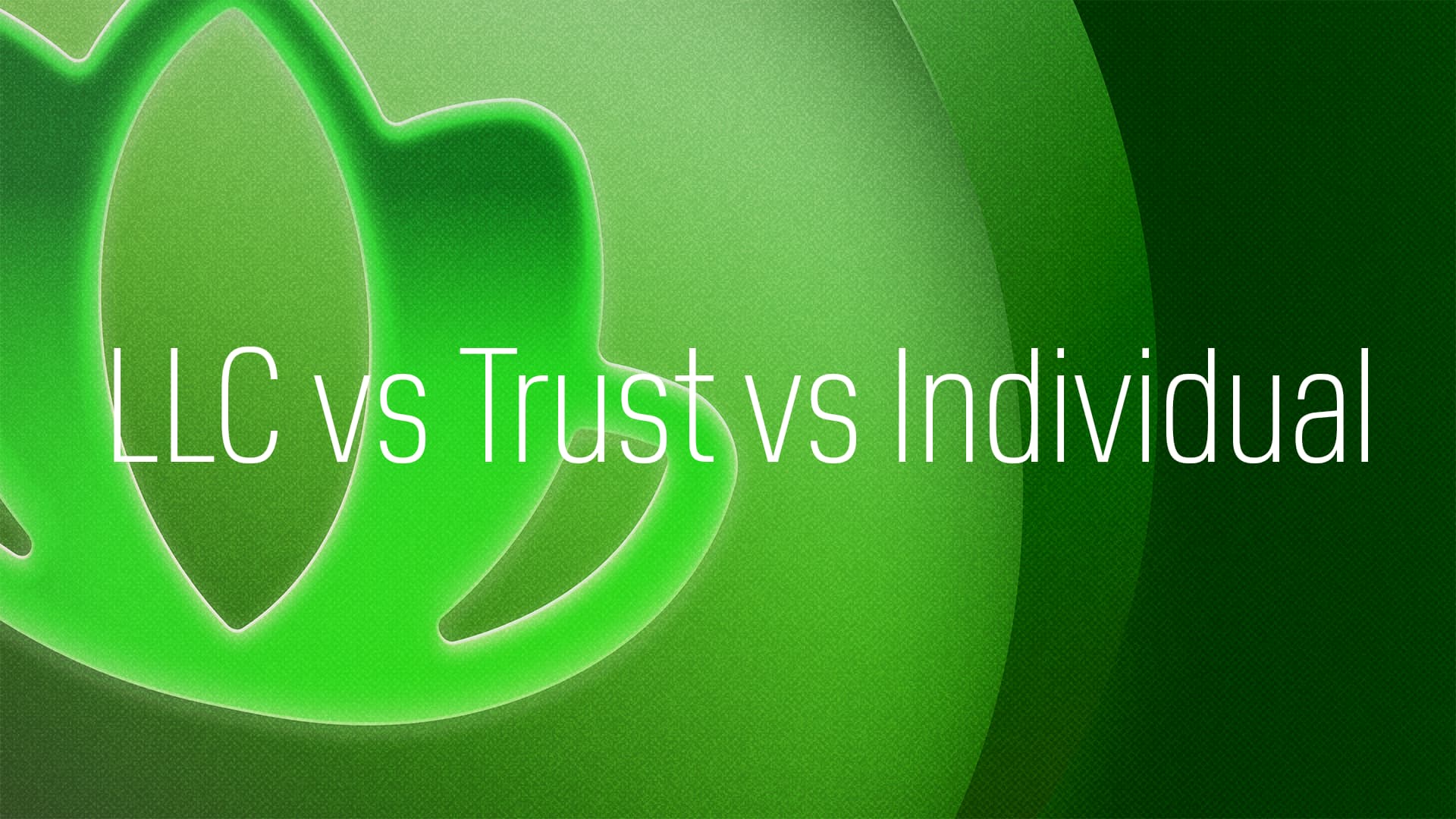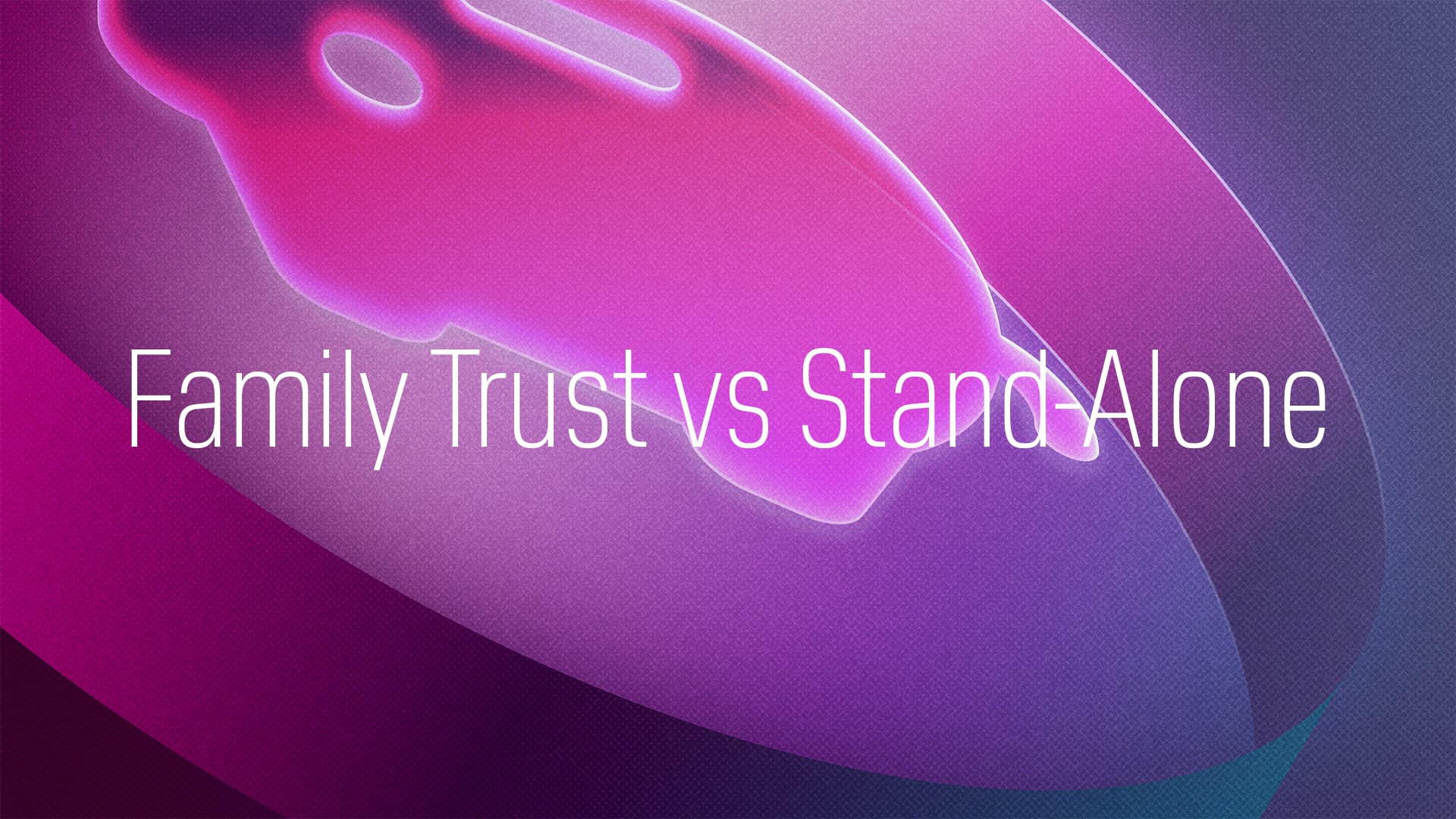Navigating the complexities of estate planning can be daunting without a clear understanding of the roles involved in a trust and the variety of trusts available. This guide demystifies the key participants in trust management—from the grantor to the guardian—and explores the different types of trusts, from revocable living trusts to asset protection trusts. By understanding these elements, you can better strategise your estate planning to safeguard your legacy and ensure your beneficiaries' future.
The individual who creates the trust, contributing assets and establishing the trust’s terms and conditions. They’re responsible for outlining how the trust assets should be managed and distributed.
Appointed by the grantor, the trustee is responsible for managing the trust according to the grantor’s wishes and the trust's terms. The trustee ensures the assets are properly invested, managed, and distributed to beneficiaries.
A successor trustee takes over the management of the trust if the original trustee is unable to continue due to death, incapacity, or resignation. They carry on the responsibilities to ensure continuity.
Beneficiaries are the individuals or entities who will receive the benefits from the trust. They could benefit in terms of income, principal, or both, depending on the trust’s terms.
Co-trustees share the responsibility of managing the trust. They must work together in decision-making, bringing collaborative efforts to the trust management process.
A guardian may be appointed to look after the well-being of minor beneficiaries or those incapable of managing their affairs, ensuring their best interests are always prioritised.
An RLT offers flexibility and control, allowing the grantor to manage assets during their lifetime and facilitate a seamless transfer of wealth upon death, avoiding probate.
Secure and robust, these trusts protect assets by removing the grantor's rights to modify or revoke the trust, offering significant asset protection and tax advantages.
Tailored for life insurance policies, ILITs safeguard the death benefit from estate taxes, providing beneficiaries with the full financial advantage of the policy.
Ideal for second marriages, QTIPs ensure that the surviving spouse is financially supported, with the remaining assets distributed to specified beneficiaries.
Homeowners can leverage QPRTs to optimise estate taxes by transferring home ownership into a trust, while retaining residency rights for a period.
Focused on philanthropy, CLATs allow charities to benefit from annuities for a period, followed by wealth transfer to beneficiaries, maximizing tax efficiencies.
A win-win for charities and non-charitable beneficiaries, CRTs provide immediate tax benefits and a structured way to support charitable causes.
Designed for proactive asset safeguarding against future legal claims or creditors, ensuring long-term wealth protection.
Cleverly utilising legal provisions, Crummy trusts optimise the annual gift tax exclusion, enabling strategic wealth transition within a trust framework.
Ensuring that 401(k) assets are meticulously managed and protected, these trusts guide beneficiaries in optimising the inherited assets.
In the intricacies of estate planning, knowing who does what and choosing the right trust are crucial steps toward securing your financial legacy. With this overview of trust roles and types, you're better prepared to navigate the estate planning process. Remember, effective estate planning is a bespoke process; consulting with a professional can help tailor your plan to meet your unique needs and goals, ensuring a lasting legacy for those you care about most.





